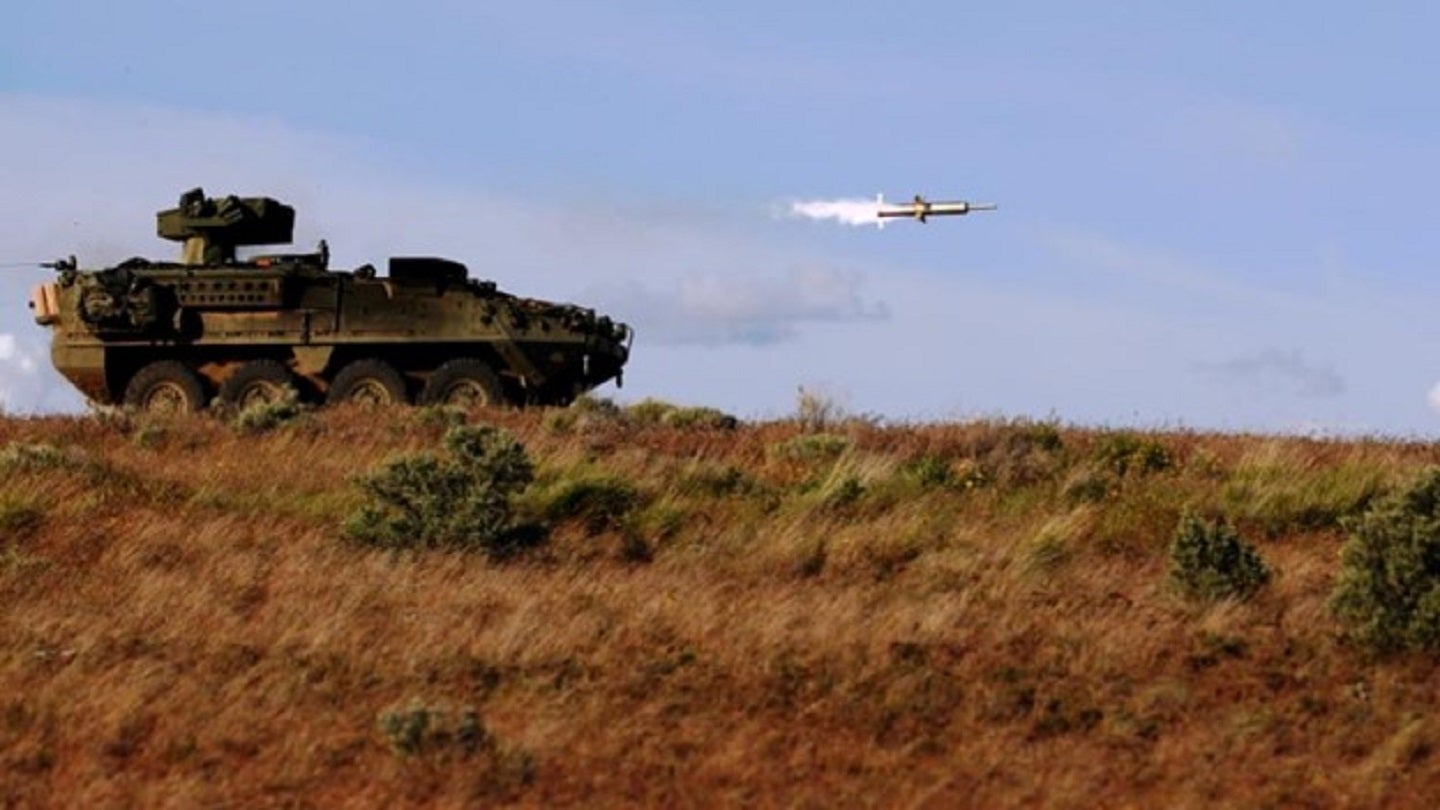
The Royal Army of Oman will acquire 301 Tube-launched, Optically-tracked, Wireless-guided (TOW) 2B Radio Frequency missiles.
This sale also includes seven ‘Fly-to-Buy’ missiles as well as US Government contractor technical, logistics and engineering support from the United States.
The State Department approved the Foreign Military Sale for an estimated total cost of $70m on 3 October.
Oman’s posture in the Gulf region
The Defense Security and Co-operation Agency explained that the sale “will improve the security of a friendly country that continues to be an important force for political stability and economic progress in the Middle East.”
GlobalData, a leading intelligence consultancy, tells us that Oman’s foreign policy is an example of how skilled diplomacy works, how balancing interests, tolerance toward differences, and a determined search for mutual benefits can open international doors and keep them open, even during conflict.
As part of its policy of neutrality, Oman has very close ties with the UK and the US, while in contrast to its Gulf neighbours, the Sultanate has also maintained very close relations with Iran – it is not surprising that the country has not joined the fighting in Yemen alongside other Gulf Co-operation Council (GCC) members, and some even view Oman as an “Iranian proxy.”
Raytheon’s TOW 2B missiles
The TOW 2B missile variant comes under Raytheon’s family of long-range, heavy assault-precision, anti-armour, anti-fortification and anti-amphibious landing weapon systems.
Raytheon continues to upgrade the TOW missile to meet the US Army’s requirement for an extended-range, anti-tank, guided missile. The company is improving the missile’s propulsion system, giving it greater distance and speed.
Raytheon has delivered the weapon system to more than 40 international armed forces and integrated the system on more than 15,000 ground, vehicle and helicopter platforms.
Military users can fire TOW 2B missiles from all TOW weapon system launchers – including the ITAS launcher, Stryker anti-tank guided missile vehicle and Bradley fighting vehicles – none of which, curiously, the Royal Army of Oman has in its inventory according to GlobalData intelligence.
However, the Army is currently in the process of modernising its stocks, as GlobalData projects the country’s defence expenditure to value $7.8bn in 2023, due to the need to adequately finance its expensive defense modernisation programmes to keep pace with its neighbors, such as the UAE, Saudi Arabia, and Bahrain.




